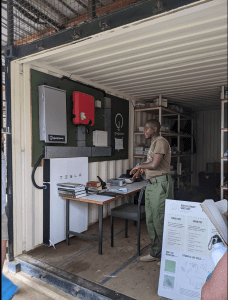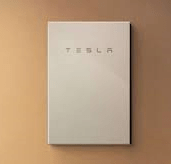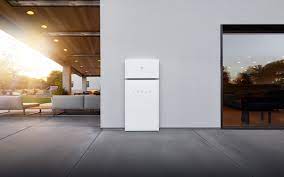Find The Best Solar Batteries For Your Home
Table of Contents
1.Powerwall 1
On June, 2015, CEO Elon Musk annnounced that original Powerwall would be more than doubled to 5 kW steady with 7 kW peak, with no increase in price. There are Two models of Powerwall, one is a 7 kilowatt-hour (kWh) capacity model for daily cycle use (solar self-consumption, another is a higher capacity 10 kWh model for customers who also wanted backup power.
2.Powerwall 2
The Powerwall 2 was unveiled in October 2016. Compaed with others, The Powerwall 2 had a 13.5 kWh capacity and was capable of delivering 5 kW of power continuously and up to 7 kW of peak power in short bursts (up to 10 seconds). After 5 years, 100000 Tesla Powerwall 2 has been installed. Compared with Powerwall 1, Tesla Powerwall2 use the larger 21-70 cells, which have a 21mm diameter and are 70mm long. Tesla original Powerwall 1 used the smaller 18650 size cells.
3.Powerwall+
On April 29, 2021, Tesla started filing for building permits for projects that would use the Powerwall+, a device that combines the functions of a Powerwall2, the Tesla Backup Gateway and the Tesla solar inverter. Up to 10 Powerwall 2 or Powerwall+ units may be combined to expand the capacity and maximum power of the system.
| Model | Introduced | Price (US$)[a] | Capacity (kWh) | Maximum Power | Weight | Dimensions, H × W × D | Operating temperature | Cycles (during 10 year warranty) | |
| Continuous | Peak (10 seconds) | ||||||||
| Powerwall 1 (discontinued) | April 2015 | $3,000 | 6.4[30] | 3.3 kW[31] | 214 lb (97 kg) | 51.3 in × 34 in × 7.2 in (130 cm × 86 cm × 18 cm) | −4 to 110 °F (−20 to 43 °C) | 5,000[32][33] | |
| Powerwall 2 | October 2016 | $5,500, later $6,500 | 13.5 (usable)[34] | 5 kW | 7 kW | 251.3 lb (114.0 kg)[35] | 45.3 in × 29.6 in × 5.75 in (115.1 cm × 75.2 cm × 14.6 cm) | −4 to 122 °F (−20 to 50 °C) | Unlimited (Used for solar self-consumption, time of use load shifting or backup power) 37.8 MWh of aggregate throughput (other applications)[36] |




















